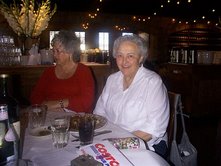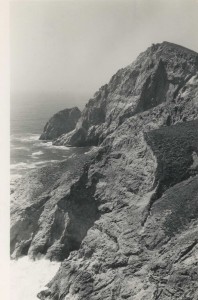Special thanks to John Vonderlin ([email protected]) for the following post.
From: Coast Dairies Property: A Land Use History, click here
“The Davenport cement plant (it became Pacific Cement and Aggregates in 1956, Lonestar Cement Corporation in 1965 and RMC Pacific Materials in 1988), brought immediate military attention to the North Coast following the attack on Pearl Harbor in December 1941. Believing that Japan might attack the U.S. mainland, the military quickly posted guards and lookouts around Davenport and imposed stringent blackout requirements on its residents.
“Later in December, when the ship Agiworld was attacked by a Japanese submarine off Cypress Point south of Monterey, security along the coast was heightened. A Japanese submarine was also sighted off the coast a few miles north of Davenport, resulting in a brief skirmish between the submarine and a single plane from the Army Air Corps.
“Eventually a segment of the all-black 54th Coast Artillery was stationed at Davenport and regular night canine patrols were instituted at all the area beaches. In addition, four shore mounted guns were placed strategically around the Cement Plant. Two 75mm guns were mounted overlooking the pier and two 155mm Howitzers were mounted just to the east of Newtown. Many of the young people living in the area at the time became airplane spotters, spending long hours in the lookout stations posted along the coastal hills.”






